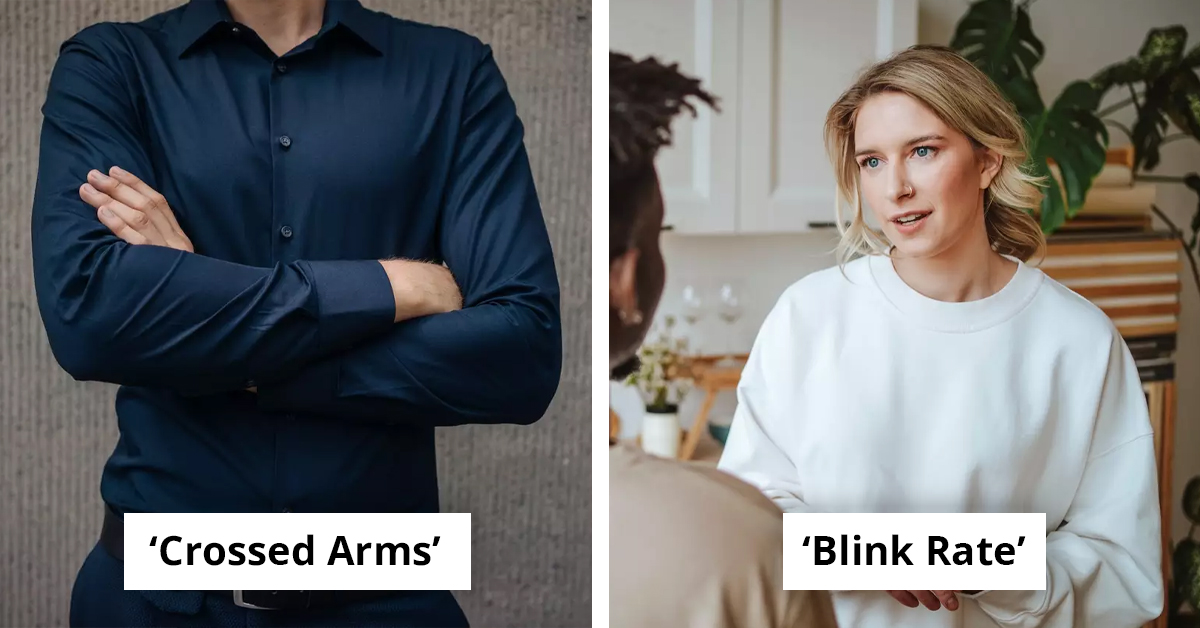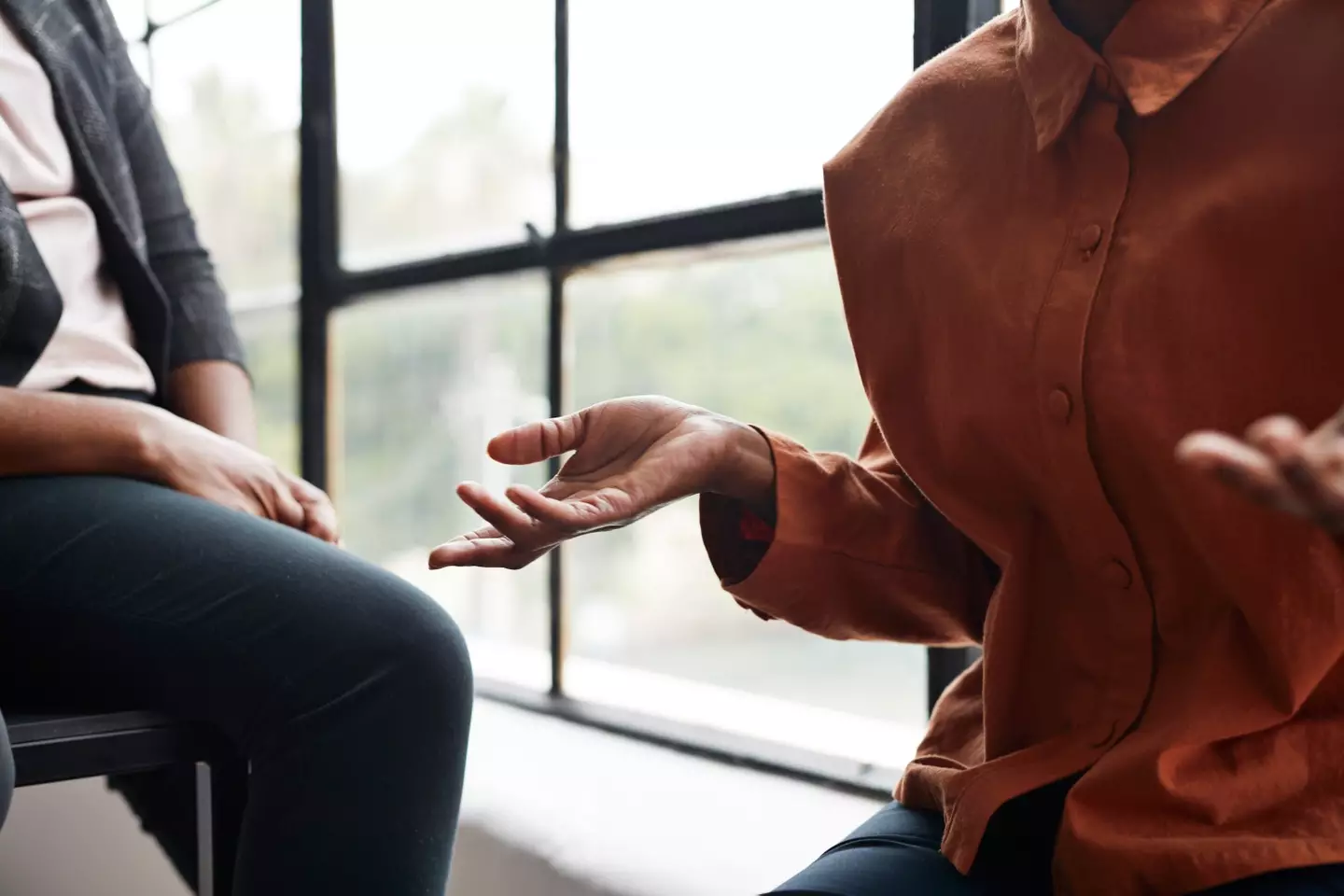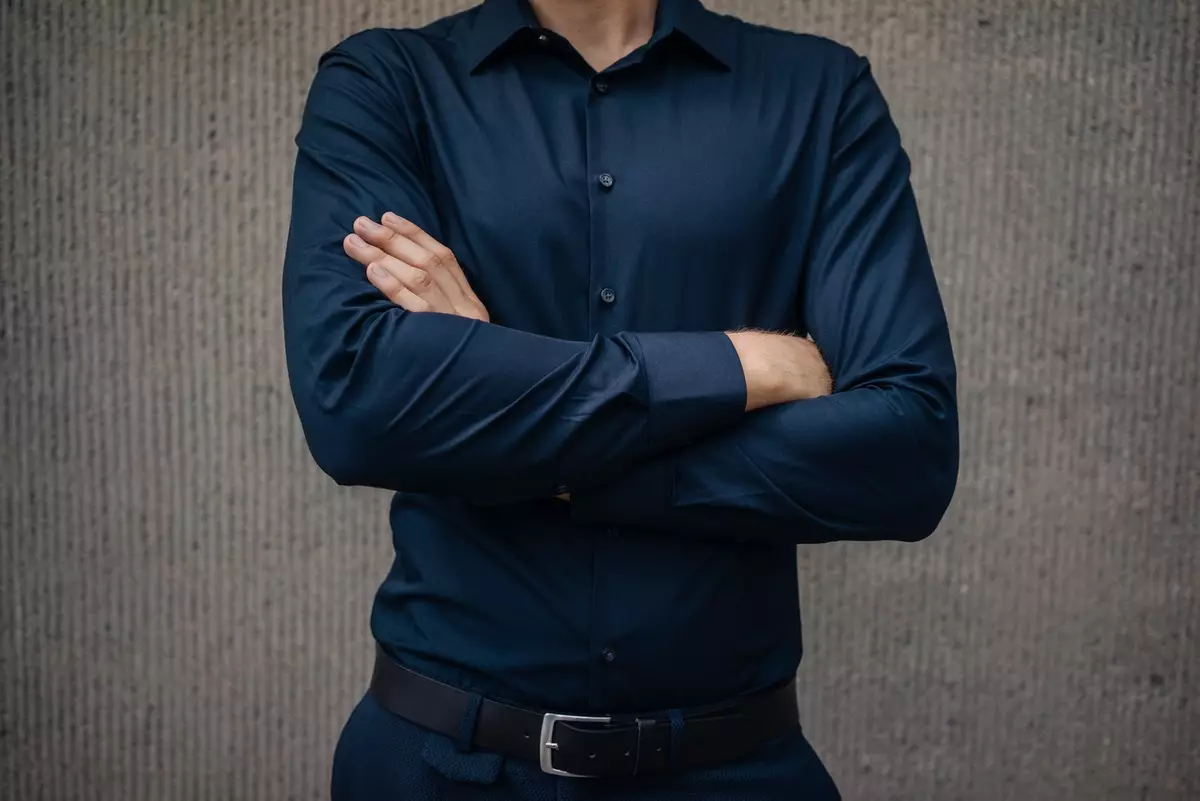
How To Spot A Liar—Insights From A Body Language Expert
Spotting liars is easier than you think—here’s how.

In face-to-face conversations, catching someone in a lie can be tricky. Even if you consider yourself adept at reading people, there are always new cues to learn.
Body language expert Adrianne Carter, a social media content creator with hundreds of thousands of followers, recently shared her insights on how to spot a liar, making it easier than you might think.
Changes in Behavior
One of the primary indicators of deceit is a change in behavior. Carter explains that these shifts can be subtle but significant. For instance, a person who is usually fidgety might suddenly become still or vice versa.
Such changes indicate discomfort and can be a red flag for dishonesty.
Behavioral changes are often overlooked because they can seem normal or insignificant. However, when someone’s actions don’t align with their usual behavior patterns, it’s worth paying closer attention. This inconsistency is often the body’s subconscious response to stress or guilt.
Facial Expressions
Facial expressions are another crucial aspect of detecting lies. Carter emphasizes the importance of watching for expressions that don't match the spoken words.
For example, if someone says they’re frightened but their face shows no fear, there’s a disconnect. This mismatch between words and expressions is a tell-tale sign of deceit.
Micro-expressions, which are brief, involuntary facial expressions that reveal true emotions, can also be revealing. These fleeting expressions are hard to fake and often occur before the person has a chance to mask their feelings.
Training yourself to notice these micro-expressions can be an effective way to catch a liar.
Blink Rate
Blink rate is a subtle but telling indicator. An increase in blinking can signify that a person is under stress. Carter notes that while frequent blinking alone doesn’t confirm lying, it does indicate heightened stress levels.
If someone is innocent and truthful, their blink rate should remain steady. An increase suggests that they might be fabricating their story.
 Getty Stock Image
Getty Stock ImageCrossed Arms
Crossed arms are often seen as a defensive posture. Carter explains that context is crucial here. While crossing arms can be a sign of self-protection, it can also indicate that someone is closing themselves off or feeling defensive.
If this behavior occurs suddenly during a conversation, especially if combined with a moody or set facial expression, it can signal that the person is uncomfortable or hiding something.
 Getty Stock Image
Getty Stock ImageAdditional Signs to Watch For
Beyond the primary indicators, there are several other signs that can help identify a liar. These include:
Speech Patterns: Liars often provide too much detail in their stories as they try to make their fabrications seem believable. They might also hesitate or stutter more than usual.
Body Orientation: People who are lying may angle their body away from the person they’re speaking to, creating a subconscious barrier.
Eye Contact: While maintaining eye contact can be a sign of honesty, liars might overcompensate and maintain excessive eye contact to appear truthful. Conversely, avoiding eye contact can also be a sign of deceit.
Voice Changes: A liar’s voice might pitch higher or lower than normal due to the stress of maintaining a lie. Listen for inconsistencies in tone and volume.
Touching the Face: Touching the face, especially the nose or mouth can be a sign of discomfort or an attempt to cover up a lie. This behavior is often a subconscious reaction to stress.
The Role of Context
Understanding the context of these behaviors is essential. Not every change in behavior or facial expression indicates lying.
People might fidget or cross their arms for various reasons unrelated to dishonesty. Therefore, it’s important to consider the overall context and look for clusters of deceptive behaviors rather than relying on a single indicator.
 Getty Stock Image
Getty Stock ImageDetecting lies involves paying close attention to a variety of verbal and non-verbal cues. While changes in behavior, facial expressions, blink rate, and crossed arms are significant indicators, context is key.
By combining these insights with an understanding of the person’s usual behavior patterns, you can become more adept at spotting deception. Adrianne Carter’s expert advice provides a comprehensive guide to improving your lie-detection skills, helping you navigate conversations with greater awareness and confidence.
Comment down your thoughts or share this article for all your family and friends to see!
Sophia







